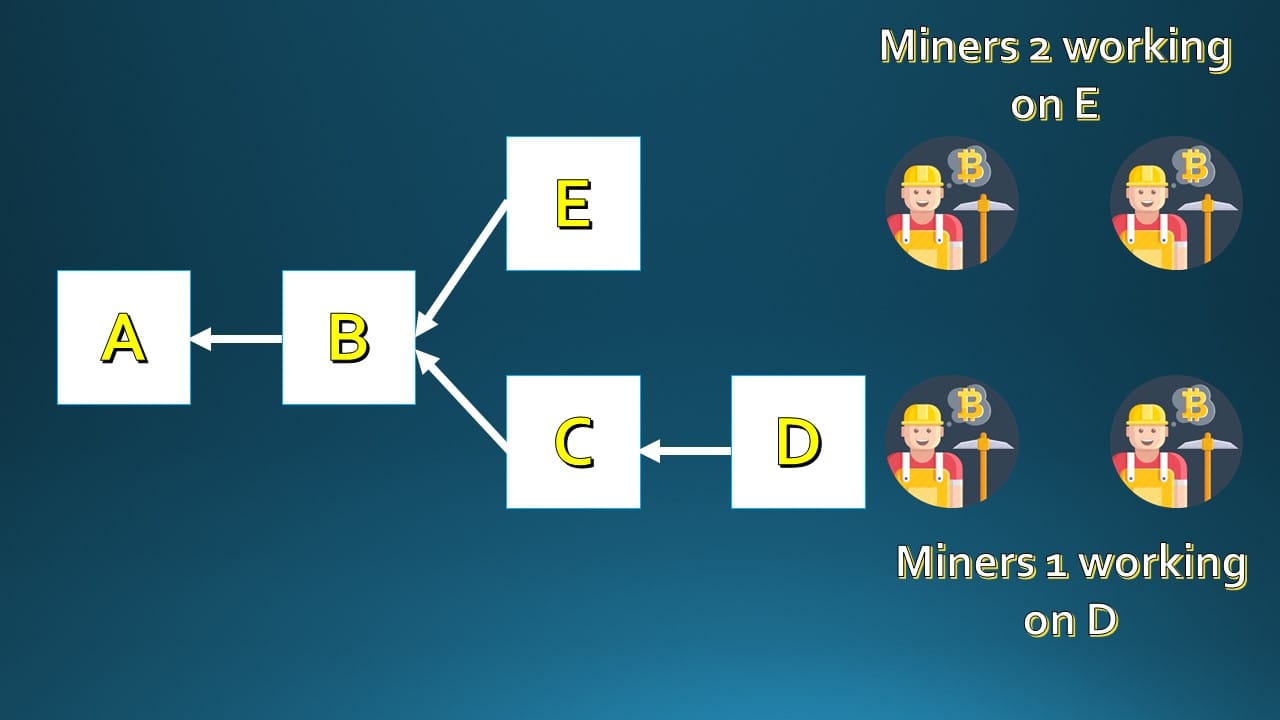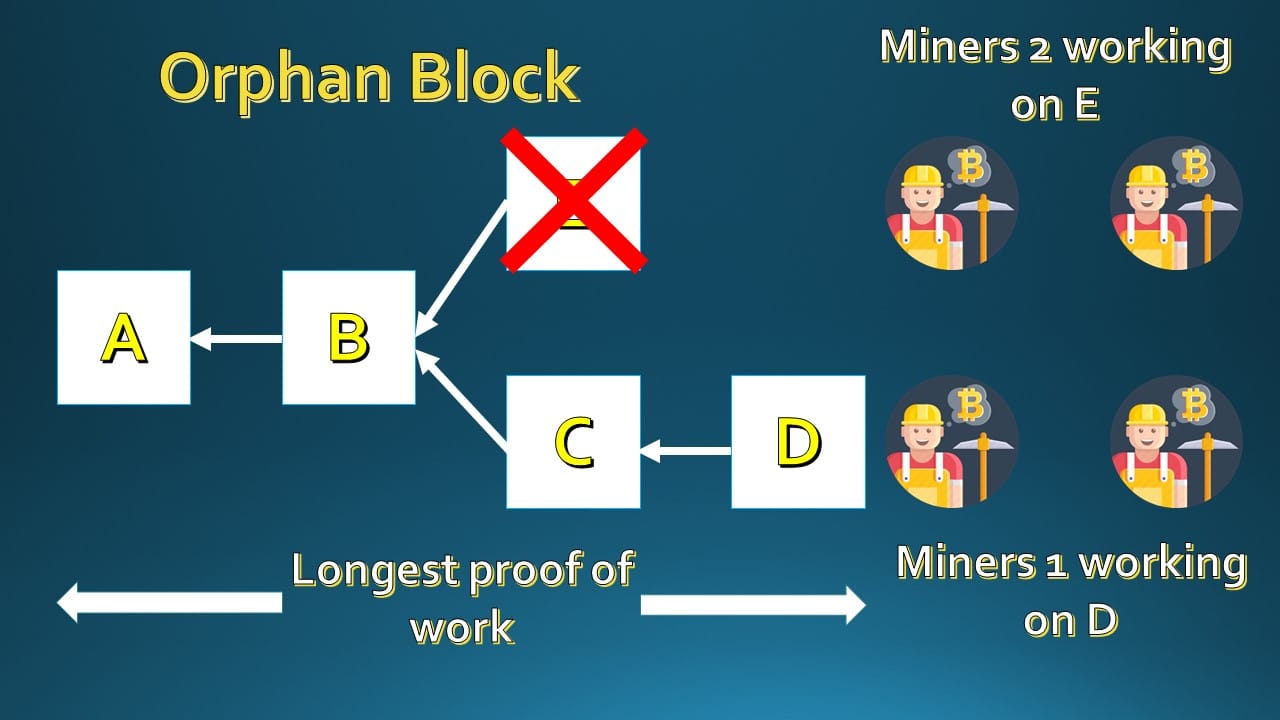Blockchain Byte - Week 29 Nakamoto Consensus

Table of Contents
- Recap
- Traditional Financial Transactions
- Blockchain Transactions
- Nakamoto Consensus
- Challenges
Recap
During Week 28, we defined Blockchain protocols as a set of underlying rules that define the logic & functioning of a Blockchain.
Protocols are rules
- based on the code underlying the platform
- on how everything gets done in a blockchain
- just like there are processes, policies, laws & regulations governing the functioning of the financial services sector.
Protocols are what guides the nodes in their functional responsibilities of validating transactions, mining, validating, adding blocks etc.
In week 25 (Verification & Addition of blocks), we asked
Is there only one chain in a chain of tranactions in a Blockchain?
Let us see
Traditional Financial Transactions
Let us again go back to our analogy of a traditional financial transaction :
In traditional finance, a transaction goes through
Input -> Authorization -> Booking stages.
Thus, resources, time and effort goes into inputting, authorizing & verifying the authenticity of a transaction from initiation to booking the transaction into the ledger.
We can be sure that the transaction is authentic and verified because
- There are checks by staff at the input stage for accuracy and authentication
- There are checks at the authorization stage by a separate staff before booking into the system
- There are system checks to ensure technical aspects of the transaction are taken care of.
If a transaction is booked without any input or verification checks, the authenticity of the transaction itself will be in question & not accepted. Thus, only transactions which have gone through the process of checks & verification during input & authorization are accepted. This takes time & effort.

Blockchain Transactions
Take a moment to go through the visualization above. When we try to access a blockchain, this is what it looks like. It's a network of computers scattered all over the globe connected to each other through the internet or in other words decentralized. Every second, blocks are being created, validated & added to the Blockchain. (Mostly applicable to Public Blockchains).
Like in traditional finance transactions where transactions are added to ledger after authorization, in a Blockchain once the blocks are validated, they need to be added to the existing Blockchain. This is done by linking the new block to the final block in an existing chain using the "previous block hash" field in the block header.
But as we saw above, a Blockchain has decentralized data structure & due to the decentralized nature of blockchain, blocks get propagated to nodes at different times or in other words, all the nodes do not "see" the blocks at the same time. This causes some lag in adding blocks to a chain or different blocks being added at the same time (explained below).
This causes the ledger copies to not be in sync and consistent with each other for some time. This means some nodes may not have the same blocks in their respective ledger copies.
It is just like a shared excel file not updating for all users at the exact same time until all users "save" their version of the file. Some users could see changes before others. This results in a temporary inconsistency.

How is this inconsistency resolved in a Blockchain?
Nakamoto Consensus
The inconsistency of seeing different ledger balances due to blocks arriving at different times for different nodes is resolved when each node selects and attempts to extend (by adding the new block) the chain of blocks that represents the most Proof of Work done.
(Keep in mind our analogy of resources, time and effort in verifying a transaction in traditional finance).
In addition to not seeing the blocks update at the same time, there is a possibility of users seeing different branches of the same chain where one node sees three blocks while another sees four blocks of the same chain.
How is that possible?
Before we go further, let us understand two terms -
- Orphans
- Forks
Orphans
What happens when two miners solve the Proof of work algorithm within a very short time of each other? This is a usual situation in any Blockchain. When the miners solve the proof of work for their blocks, they immediately "broadcast" their respective blocks to the immediate neighbor nodes who will then propagate them across the network.
Thus, each node that receives these blocks will incorporate them into its blockchain, extending it by one block. Let us visualize it as below :

A pool of miners (let us call them Miners 1) are working on block D and another pool of miners (let us call them Miners 2) are working on block E.
They both solve the proof of work at almost the same time and propagate their respective blocks into the network. This creates a conflict amongst the nodes who will add the blocks depending on which block they "see" first.
In our visualization, Block D gets added after Block C and Block E gets added after block B.
In such a scenario, the block with the larger share of proof of work (The blocks where maximum resources are expended for solving the proof of work) gets accepted by all the nodes ultimately and then the other block will be considered as ORPHAN block and is then discarded.
Once a block is orphaned, all its transactions are sent to the mempool or memory pool from where the transactions are taken to be added to the next block.
In our visualization, Blocks A to C have a larger share of proof of work compared to A & B only to which E was added & ultimately orphaned.

Forks
For a brief moment of time till Block E was made an orphan block, there were two chains
- A - B - E
- A - B - C - D
Some miners work on the first chain which from their perspective is the correct one and try to extend that chain while some other miners work on the second chain and try to extend that chain.
This is when a "fork" occurs whenever there are two chains competing to form the longest one. Why longest one? Because the longest chain has the most proof of work done. This occurs whenever two miners solve the Proof of work algorithm within a short period of time of each other.
Ultimately all the nodes will "see" the longest chain which underwent most Proof-of-Work and re-converge to that chain with the block in the other chain becoming an orphan as mentioned above.
This is also known as the longest - chain rule or Nakamoto Consensus.
The Nakamoto consensus addresses the double-spending problem in digital currencies by utilizing PoW mining, ensuring authenticity and competitive validation, with the longest chain rule reinforcing consensus and security in decentralized blockchain networks. (Source : here)
Challenges
There are two major challenges to Nakamoto Consensus
- Reliance on Proof-of-Work results in high energy consumption along with potential environmental impact
- Scalability Issues as the Blockchain grows larger, leading to higher lag times in transaction processing & fees to process those transactions